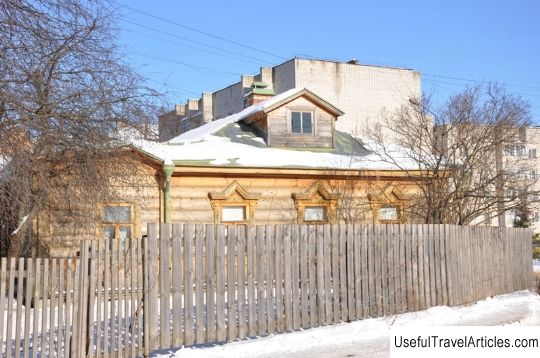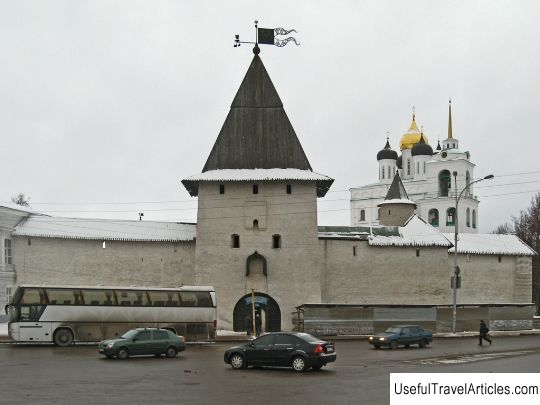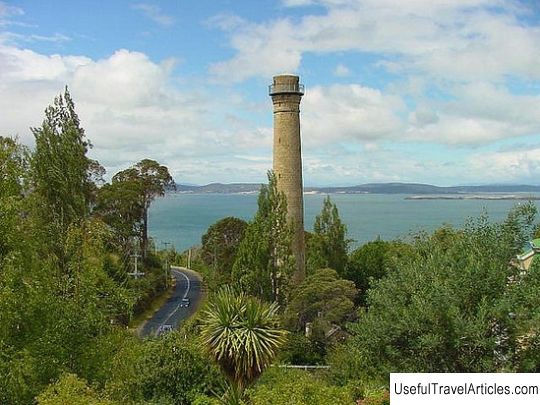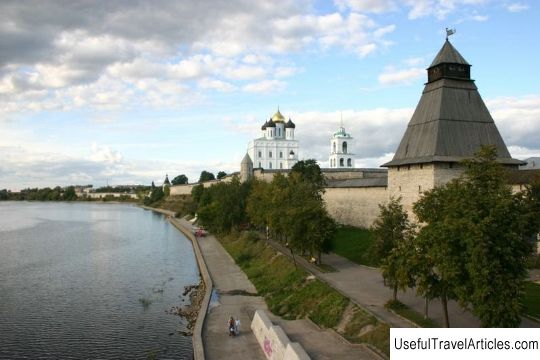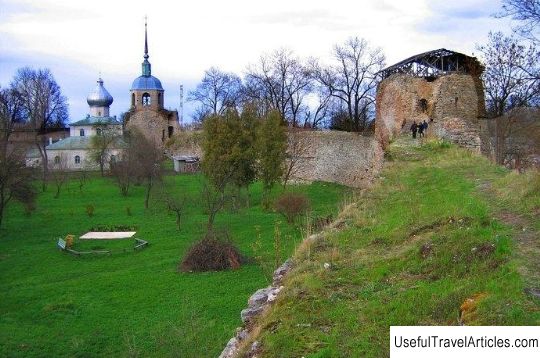Gremyachaya Tower description and photo - Russia - North-West: Pskov
Rating: 8,0/10 (676 votes) 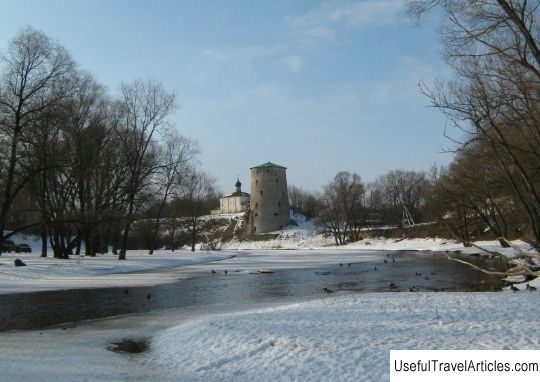
Gremyachaya Tower description and photos - Russia - North-West: Pskov. Detailed information about the attraction. Description, photos and a map showing the nearest significant objects. Photo and descriptionGremyachaya Tower, located on the right bank of the Pskova River, was part of the system of fortifications of the Pskov fortress from Okolny town. The tower is six-tiered and 20 meters high; the diameter of the tower at the base is 15 meters. The name "Gremyachaya" came from the people, it has stuck to this day, but in reality the surviving tower was called Kosmodemyanskaya. It came from the name of the nearby church of Cosmas and Domian, and the Gremyachaya Tower itself towered nearby, namely over the Gremyachaya Gate. The old Gremyachaya Tower has long been destroyed, and its name passed to the neighboring fortress - Kosmodemyanskaya. It should be noted that it will hardly be possible to find a tower in Pskov that can be compared with it in beauty, because it is not only the height of the tower that is striking, and also the choice of a place in which nature literally united with the beautiful creation of human hands, to spite the enemies and to the delight of the inhabitants of the city. The Gremyachaya Fortress is the only fortress in Pskov, the exact date of its construction is known. The Pskov Chronicle indicates that in the summer of 1525, Grand Duke Vasily Ivanovich erected a stone arrow on Gremyachaya Mountain for his clerk Munekhin. to the water level, and was operated during combat time to meet the water needs of the defenders of the Upper Lattice. On the left bank of the Pskova River, on the opposite side, was the St. Nicholas Church, dating back to the 16th century, from which the wall ran right up to the river itself. Then the wall passed into a small row of arches, which was thrown across Pskov to the very base of the Gremyachay Tower. The fencing of the arches was carried out with the help of wooden lowering, and soon iron, bars, which in this way blocked any access to the fortress that passed along the river. It is believed that a small detour with loopholes was arranged in the upper part of the arches. Neither the foundations of the lattices, nor any remains have survived to this day. The Gremyachaya Tower is located on a leveled rock made of limestone, which is not only the floor, but also the foundation for the lower tier. In terms of its height, the tower is divided into six floors or tiers; earlier, each floor, which is typical for other Pskov towers, was separated by a platform built of wood, on which the cannons were located, the muzzle aimed at the embrasures. In addition to the system of underground passages, the tower is also equipped with a stone "podlaz" or tunnel that descends from the tower to the banks of the Pskova River. During the siege, it was used to fully provide the city's defenders with water. The blocks of the Pskov slab were clearly hewn; a complex system of exits and entrances, a domed vault and loopholes were very unusual for the characteristic fortifications of the North-Western part of Russia at that time. Usually the fortifications had a tapering inner chamber, external sockets, a narrow middle part with parallel cheeks, which suggests that the architect Ivan Fryazin, originally from Italy, worked on the construction of this tower. Surprising is that The rattling tower was able to exist for so long and not collapse. An unprecedented number of legends are associated with the tower. There is a legend, according to which, during the period of the Teutonic raids, the knights managed to capture the city of Pskov, and also take the prince prisoner. The Grand Duke did not want to submit to the evil invaders, then the Teutons decided to build an impregnable tower and imprison the prince in it. In this tower, the prince was brutally killed. Upon learning of this event, the Pskov inhabitants raised an army against the Teutonic conquerors. The bloody battle was very fierce, and the forces were completely unequal. At some point, the shadow of the prince they had killed appeared on the wall of the tower. The Teutons fled with fear, and the Pskovians were able to easily regain their city. Many innocent inhabitants were killed in this terrible battle, but they were all buried with honors on the rocky river bank. From that moment on, the legend of the Grand Duke began to be passed down from generation to generation and has thus come down to our time.        We also recommend reading Livadaki beach description and photos - Greece: Folegandros Island Topic: Gremyachaya Tower description and photo - Russia - North-West: Pskov. |
